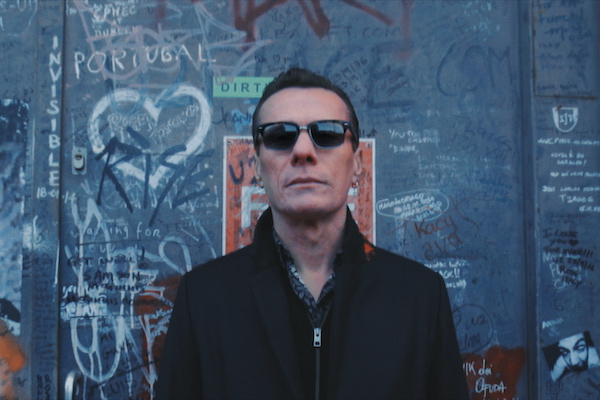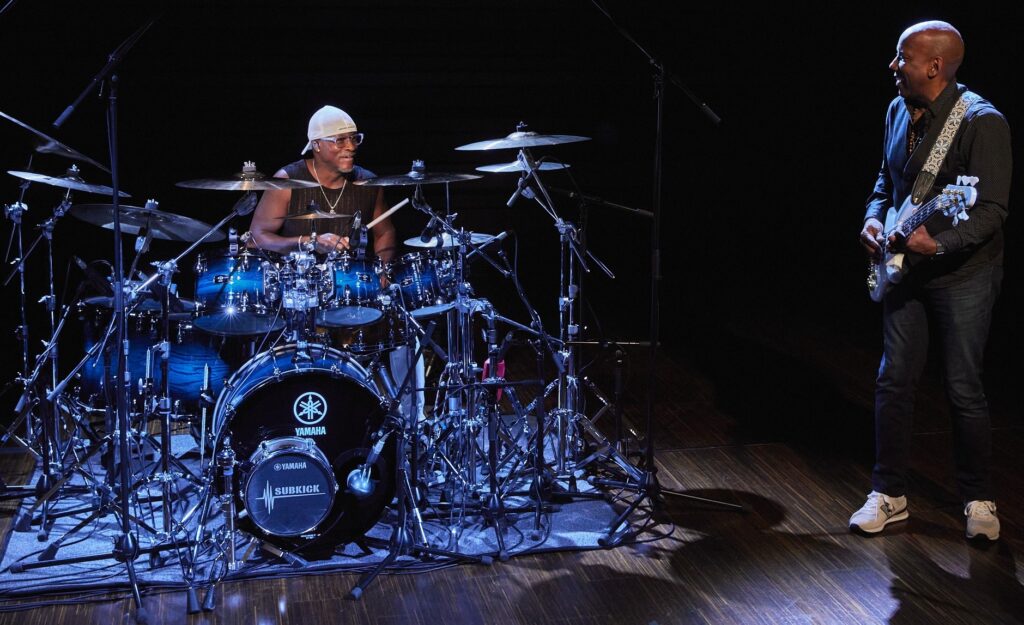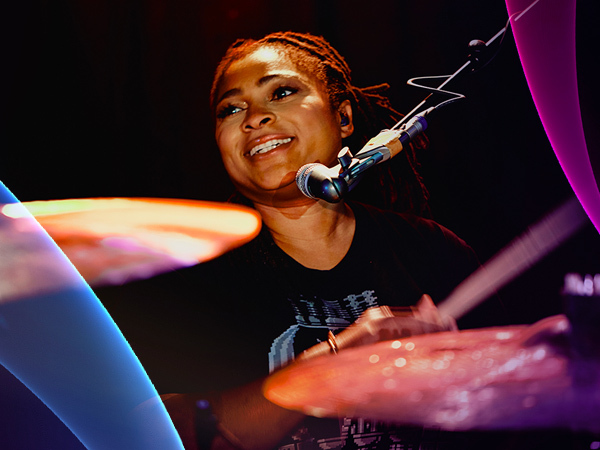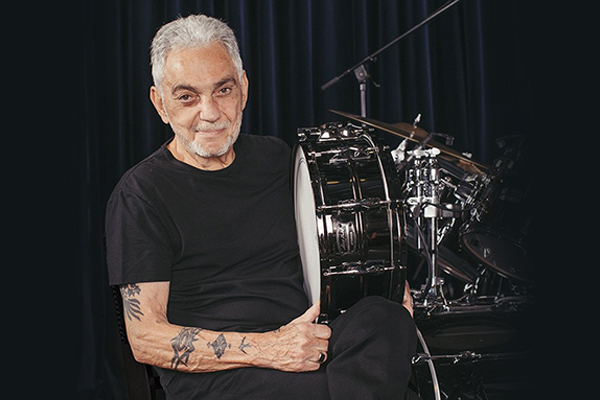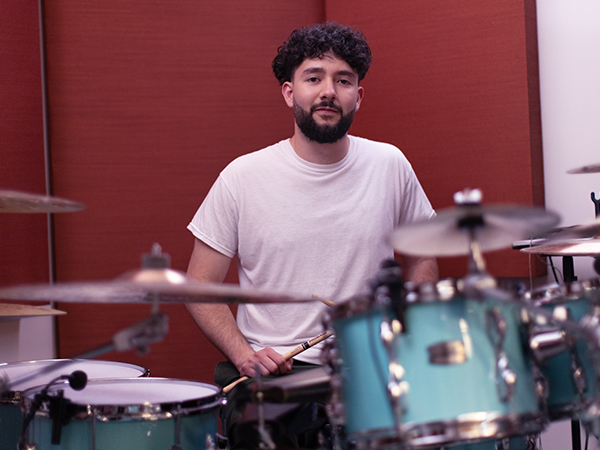Tagged Under:
Percussive Storytelling: Making Music Accessible to Kids Everywhere
Yamaha Artist Cory Hills on unexpectedly finding your purpose.
Yamaha Artist Cory Hills began his professional percussion career the traditional way, never imagining that one day, his primary audience would be elementary schoolchildren.

After discovering his love for percussion at a young age, Hills kept on drumming throughout high school and into college, finding success and checking off the goals of an aspiring professional musician: obtaining multiple degrees, holding prestigious fellowships and performing with orchestras all over the country, even winning a Grammy® award.
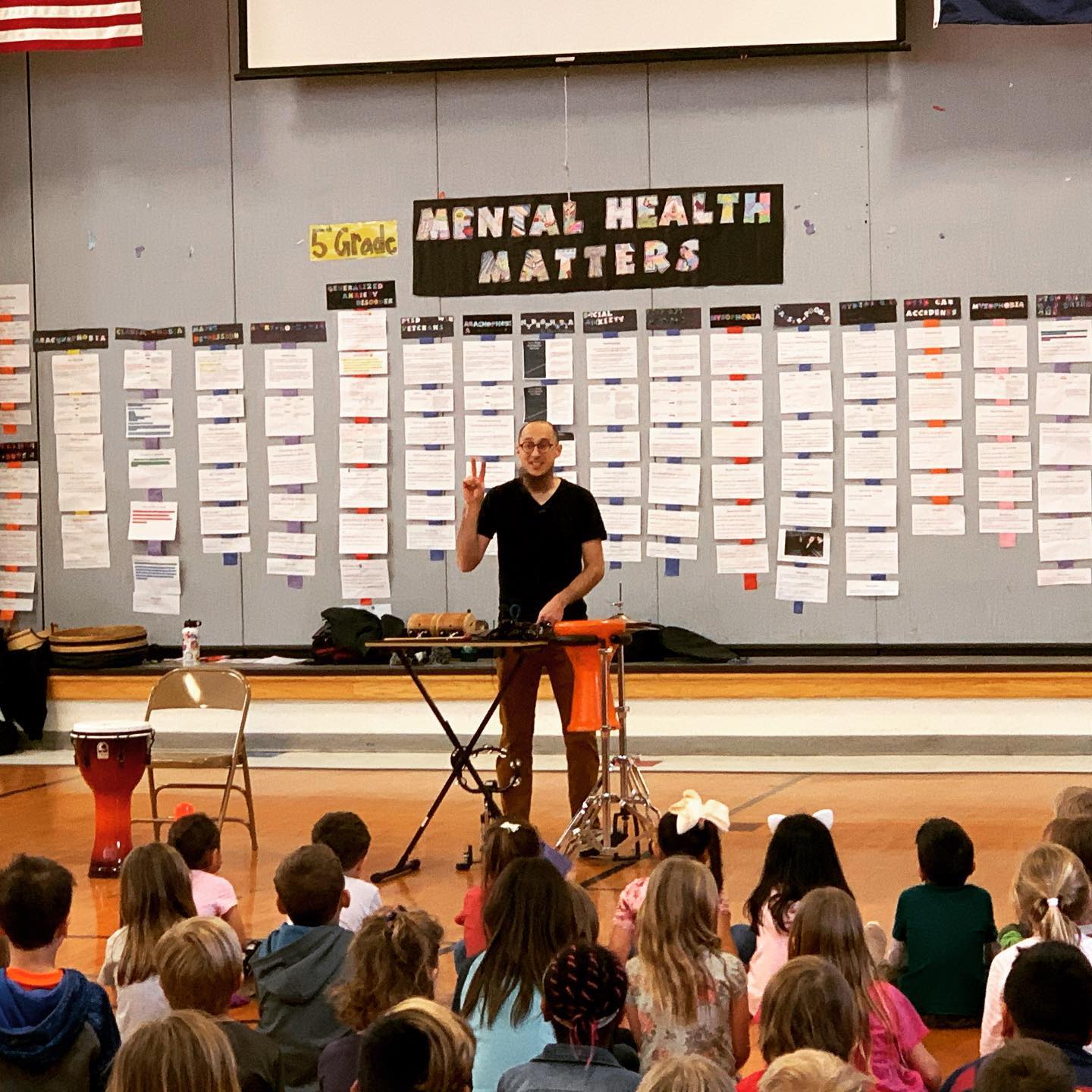
But when a graduate program took him to Europe to study art, he had an epiphany. Instead of following a path that would lead to either a professorship or joining a major symphony, Hills decided to turn his focus to where he felt he could make the greatest impact, creating Percussive Storytelling, a children’s program that fuses original classical music with storytelling.
While Cory still dabbles in traditional musical pursuits, performing regularly with the Los Angeles Percussion Quartet and numerous other chamber groups, his mission has become to make music accessible and empowering for youth. We recently sat down with Hills to discuss how he unexpectedly found his purpose.

VEERING OFF THE TRADITIONAL PATH
The a-ha moment happened while in Italy, Hills remembers. “I was studying contemporary arts exploration; European art, avante garde, high art and high fashion,” he says. “It was art for art’s sake, and I felt a disconnect with the audience and what my voice was trying to say.”
He channeled his struggle by writing a simple story called “The Lost Bicycle” and putting percussion to it. It was 2005, and without realizing it, the interdisciplinary Percussive Storytelling concept was born. Yet Hills set the idea aside and powered on with a typical percussion career.
Years later, Hills was asked to perform “Lost Bicycle” at a Kansas elementary school, and the students loved it. It led to more gigs, then an unusual offer from a local donor who wanted to personally fund Cory to present the show at multiple schools in Kansas. Hills took the opportunity to bring music to more kids, and for the next six months performed throughout the district nearly every school day.
“Playing drums while telling stories is not a new concept,” Cory says, noting that this has been an important part of the Senegalese griot tradition for thousands of years. But his particular approach to merging original stories and music was a winning recipe for Hills’ audiences — and for his sense of purpose.
UNDERSTANDING THE WHY
Hills spent the following years performing nonstop, but it wasn’t until he had kids of his own that a new perspective was added.
Becoming a stay-at-home dad gave him the time needed to reflect and start connecting with researchers and experts that explored different educational approaches. “I hadn’t really had a chance to dissect what I was doing before and understand why people liked it, what worked and what didn’t,” he recalls. Everything changed for Hills after spending time with his own children. “That’s when I realized I was able to attach some of what I was doing to child psychology and learning development,” he says.
As an example, Cory cites Howard Gardner’s theory of multiple intelligences, which states that kids learn in different ways, from verbal to visual to tactile. Hills remembered this from his undergraduate studies but realized he could put it into practice by “making these stories come alive in three-dimensional ways to give children the maximum number of opportunities to successfully interpret the information.”
Hills also reflected on his original mission of bringing music to low-income communities. He often found himself performing at the same middle-class schools, and decided to shift his focus to working with schools in lower socioeconomic areas. He also won a grant through the National Endowment for the Arts in the small town of Alamosa, Colorado, where he not only brought his workshops to schools but also to settings like after school programs.
For the first time, Hills worked hands-on and with the same kids regularly, whether daily for a week, or once weekly for several weeks. “Instead of me performing, we’d sit down together, write stories, play percussion, and compose music together, all in a short span of time,” he says.
It was an approach he found to be far more impactful, partly because percussion instruments are so accessible and easy to pick up and learn without much instruction. “It’s not like learning tuba,” he points out. “For percussion you just hit a woodblock or triangle with a stick, and essentially have a 100% success rate. That’s what makes it really fun, because we don’t lose time on the learning curve — the kids can just jump right in. They quickly realize, ‘I can do this!’ and gain confidence.”
SEEING HOW MUSIC BENEFITS KIDS
Once Hills shifted to workshops, bookings skyrocketed, and soon thereafter he was offered a fellowship with the Fred Rogers Institute in Latrobe, Pennsylvania, from 2021-2022.
Cory raves about his time studying the legacy of Mr. Rogers. While the organization’s emphasis is primarily on creating original productions, Hills was a fellow on the research side — their first to focus on children’s music.
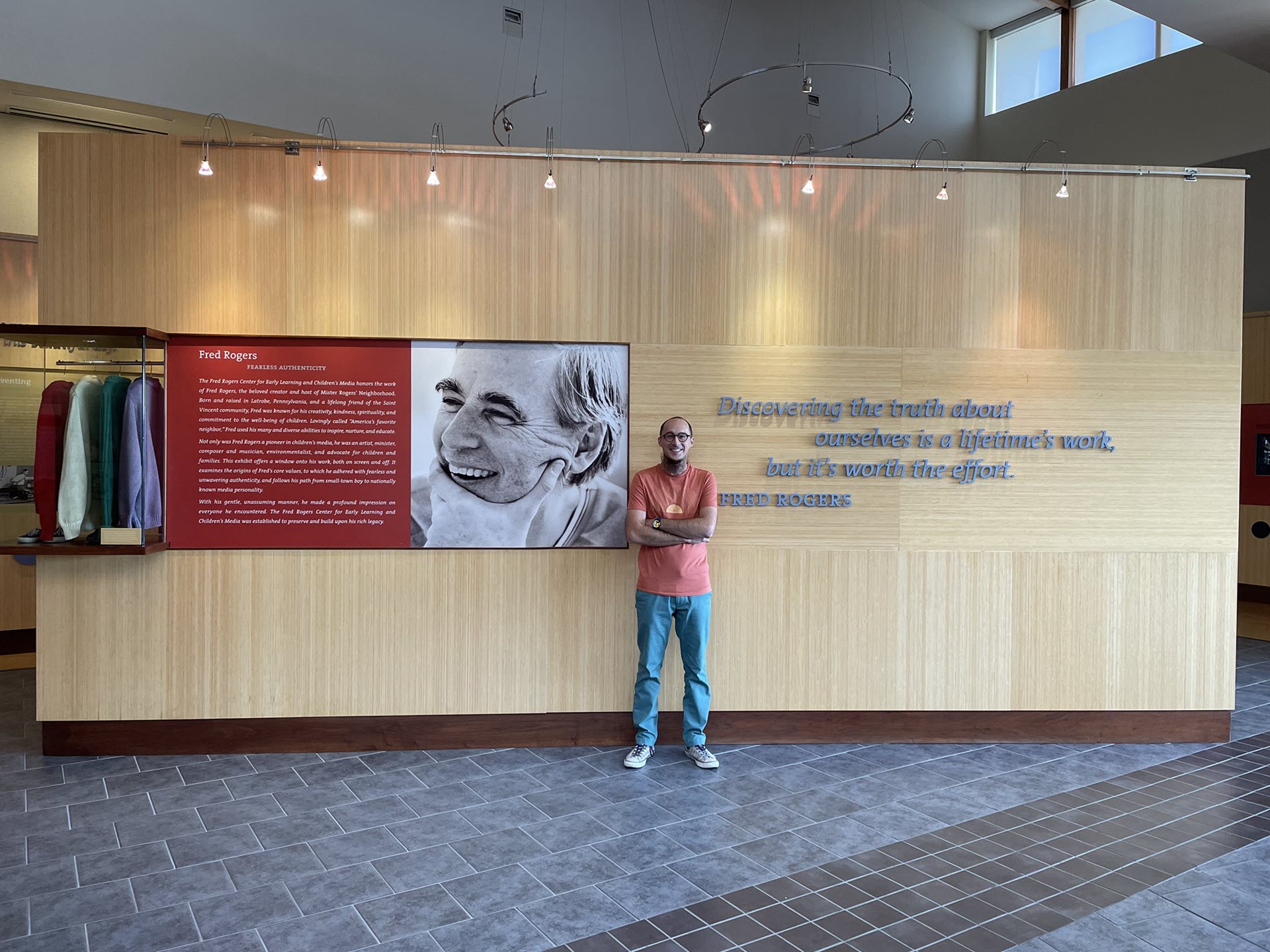
He analyzed Rogers’ extreme attention to detail and deliberate use of music and props, then created his own show, “Frankie the Otter.” It features a non-gendered otter who’s new to an animal sanctuary, meeting other animals who tell their stories. “It focuses on social emotional learning and growth, so it’s a show about friendship, kindness, and the power of community,” Cory explains. With emphasis on access, Hills also created a free accompanying PDF guide for the show that any parent or teacher can easily use. It contains activities and QR codes linking to videos.
“It’s transformative, like music therapy for some students,” Hills says of “Frankie.” Many participants start off writing light, silly stories, then eventually feel empowered to share deeply from the heart. Cory has watched bullied, silent children open up after several days and process a range of emotions, and has observed nonverbal autistic kids discover how to engage and newly express themselves.

Hills notes the influence of Mr. Rogers, who noticed that some kids shut down if you try to engage directly. “[But] if you put something as a buffer between you and allow them to talk through something — for him it was a puppet —they will actually open up,” he says.
EXPANDING ACCESS TO ARTS
Cory Hills presented “Frankie the Otter” at the Percussive Arts Society International Convention (PASIC) in 2023. Given the impact of his workshops, Hills hopes to cultivate partnerships so he can create additional interactive guides and visit more schools. He’s also leveraging technology to expand access, using virtual shows to reach schools that might not have as much access to the arts.
Learn more about Cory Hills at splatboombang.com.










